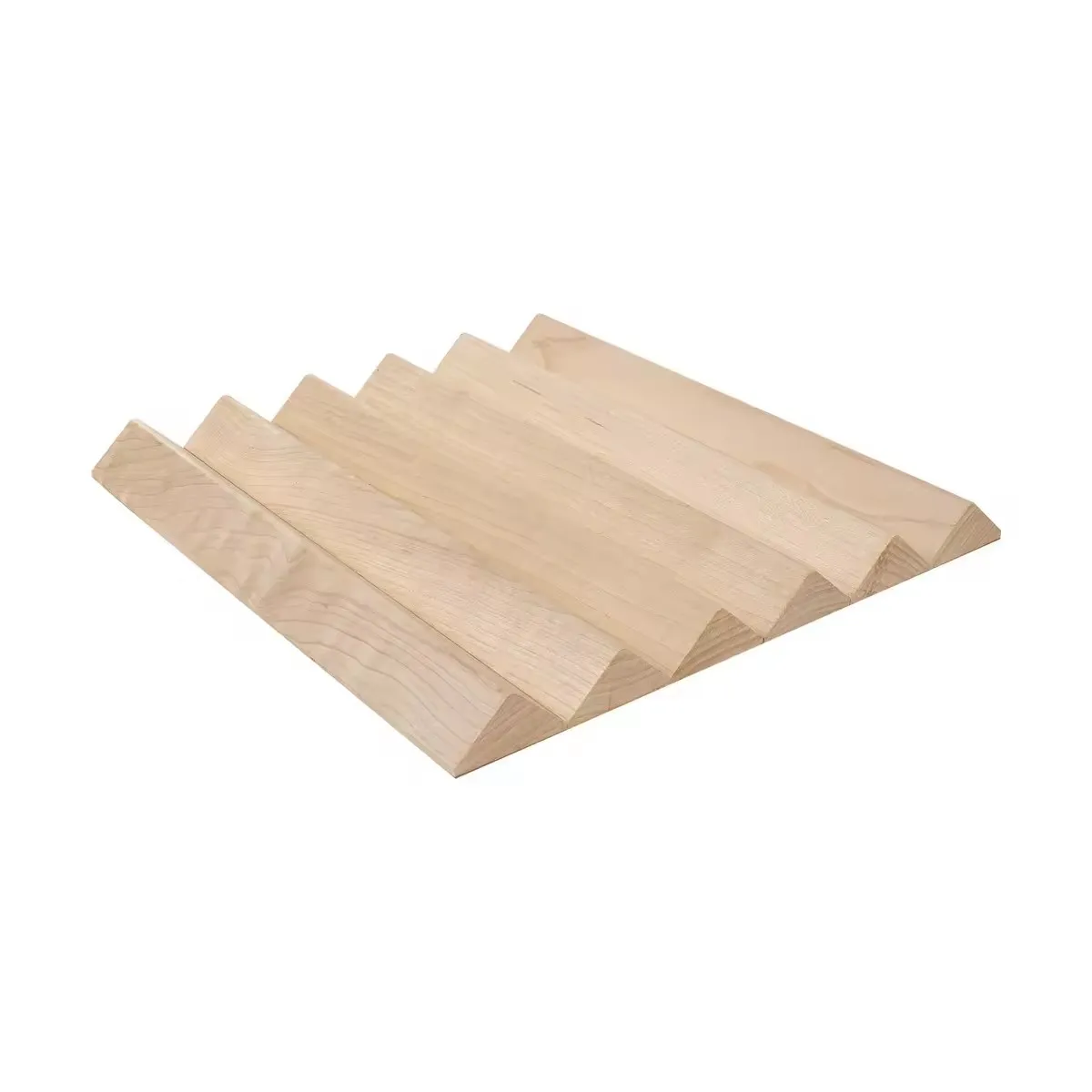The Transformative Power of Sound Muffling Wall Art
In today's fast-paced world, where noise pollution is an increasing concern, finding innovative solutions to create a serene environment has become essential. One effective yet often overlooked method of sound reduction is through sound muffling wall art. This contemporary approach not only enhances the aesthetic appeal of a space but also significantly improves its acoustic properties.
Sound muffling wall art refers to decorative pieces designed to absorb sound and reduce echo, thereby promoting a quieter atmosphere. These art pieces are typically constructed from materials specifically chosen for their sound-absorbing properties, such as acoustic foam, felt, or other sound-dampening textiles. Unlike traditional art that might merely serve as decoration, sound muffling wall art is functional, merging aesthetic beauty with practical utility.
One of the primary benefits of incorporating sound muffling wall art into a space is its ability to minimize noise distractions. In modern offices, for example, an open-plan layout can lead to unwanted conversations, ringing phones, and other abrupt sounds. This auditory chaos can affect productivity and employee well-being. By strategically placing sound-absorbing art on walls, companies can create a more pleasant auditory environment that fosters focus and collaboration. The visual appeal of the art can also contribute to a positive workplace culture, making employees feel more inspired and comfortable.
In residential settings, sound muffling wall art can transform how we experience our homes. Whether it’s a buzzing urban apartment or a lively family space, noise can easily disrupt tranquility. Art pieces designed for sound absorption can help create quieter areas for relaxation and contemplation, allowing individuals to unwind after a long day. Additionally, rooms dedicated to music or media consumption—such as home theaters—greatly benefit from these installations. They enhance sound quality by reducing echo, thus offering a richer auditory experience.
sound muffling wall art

The design of sound muffling wall art varies widely, allowing for personal expression and creativity. From bold, modernist designs to soft, organic shapes, the options are endless. Artists and designers are increasingly pushing the boundaries of traditional wall art by using colors and materials that not only appeal visually but also serve acoustic functions. This means homeowners and businesses can find pieces that match their style, whether minimalist, traditional, or eclectic.
Moreover, the sustainability movement has influenced the design of sound muffling wall art. Many products are now made from recycled materials or sustainable sources, reflecting a commitment to environmental responsibility. This not only minimizes the ecological footprint of creating art but also appeals to consumers who prioritize sustainability in their purchasing decisions.
Incorporating sound muffling wall art into various environments can also lead to positive psychological impacts. Research has shown that our surroundings significantly affect our mood and well-being. By effectively managing sound levels, these aesthetic installations can create calming spaces that foster relaxation and clarity of thought. In spaces where children play or individuals gather for conversation, such art can mediate sounds, allowing for a more harmonious atmosphere.
In conclusion, sound muffling wall art represents a revolutionary intersection of function and aesthetics. As our world continues to become noisier, the need for innovative solutions to create peaceful spaces is more vital than ever. By transforming walls into vibrant, sound-absorbing canvases, we can enhance our environments, improve our quality of life, and reflect our unique styles—all while embracing a quieter world. Whether in a corporate office or the comfort of one’s home, the integration of sound muffling wall art is a testament to the evolving understanding of how space can influence auditory experience and overall well-being.
